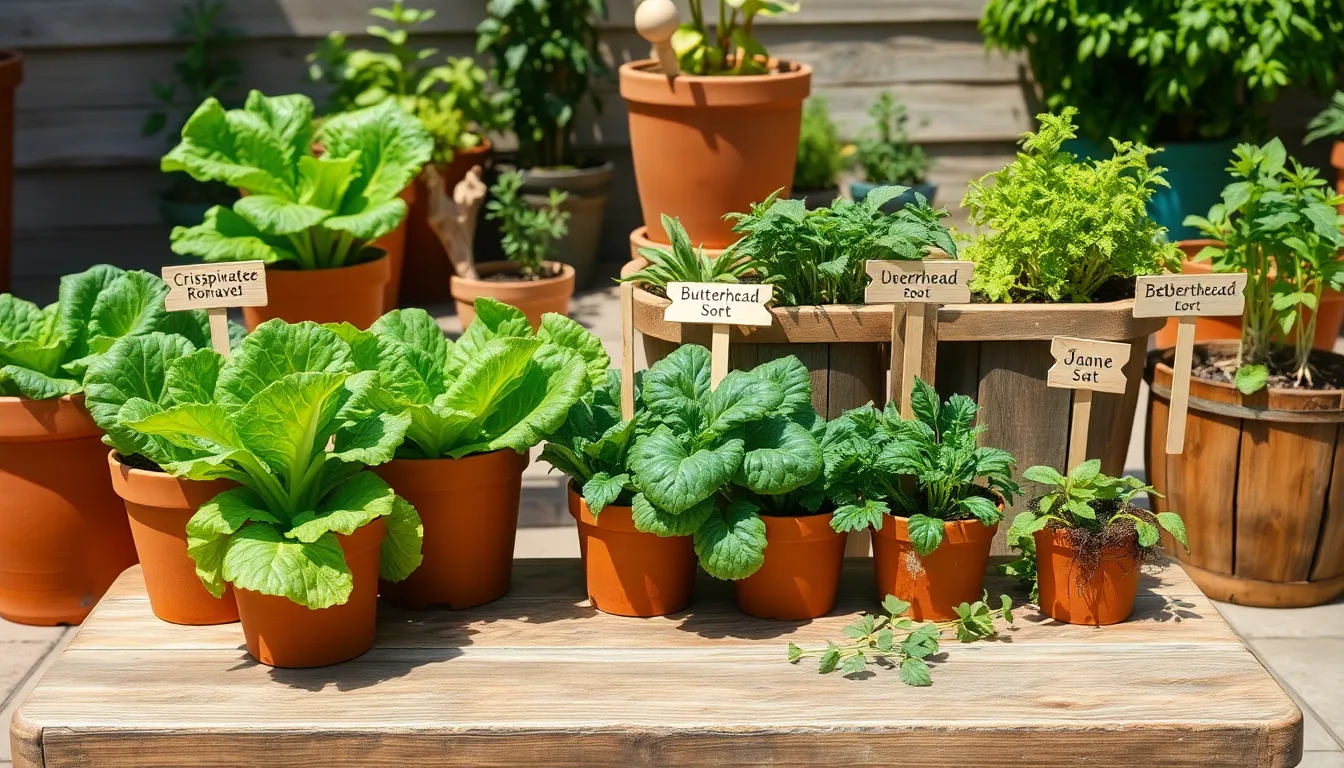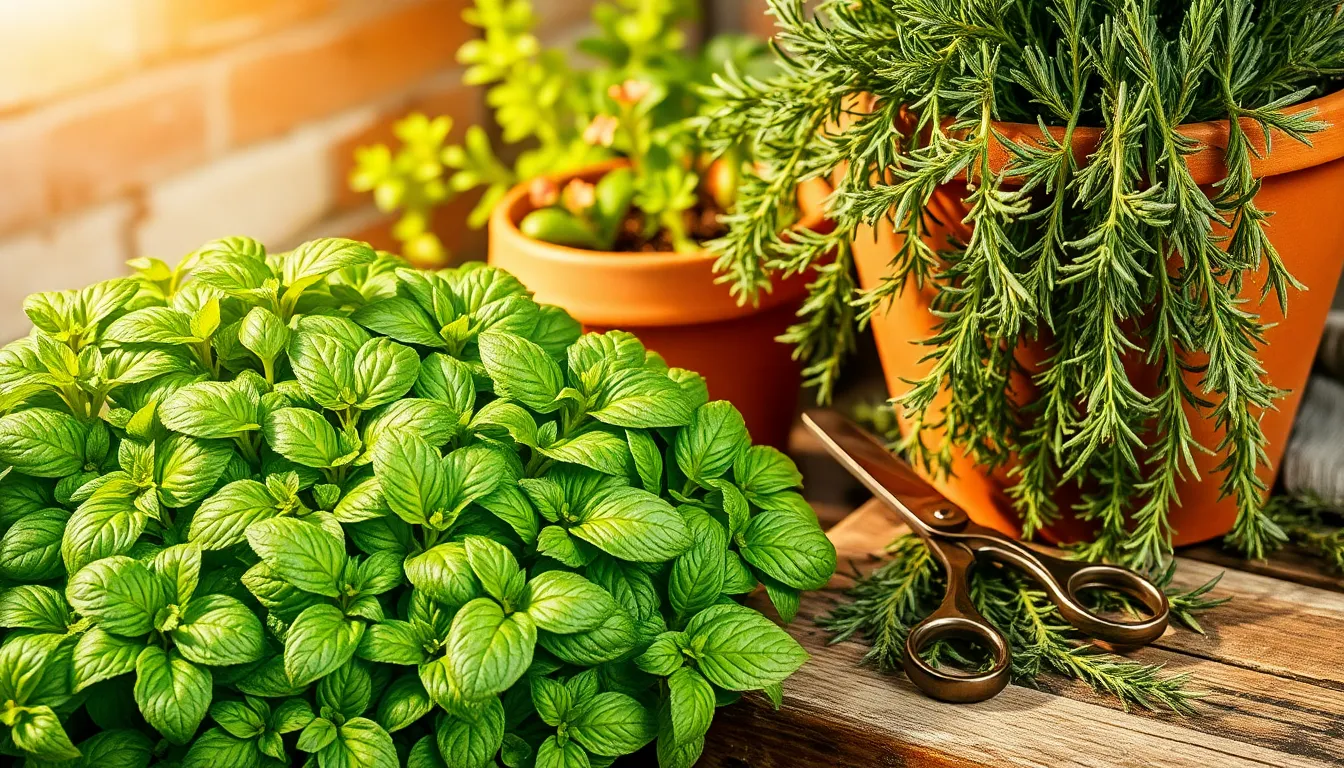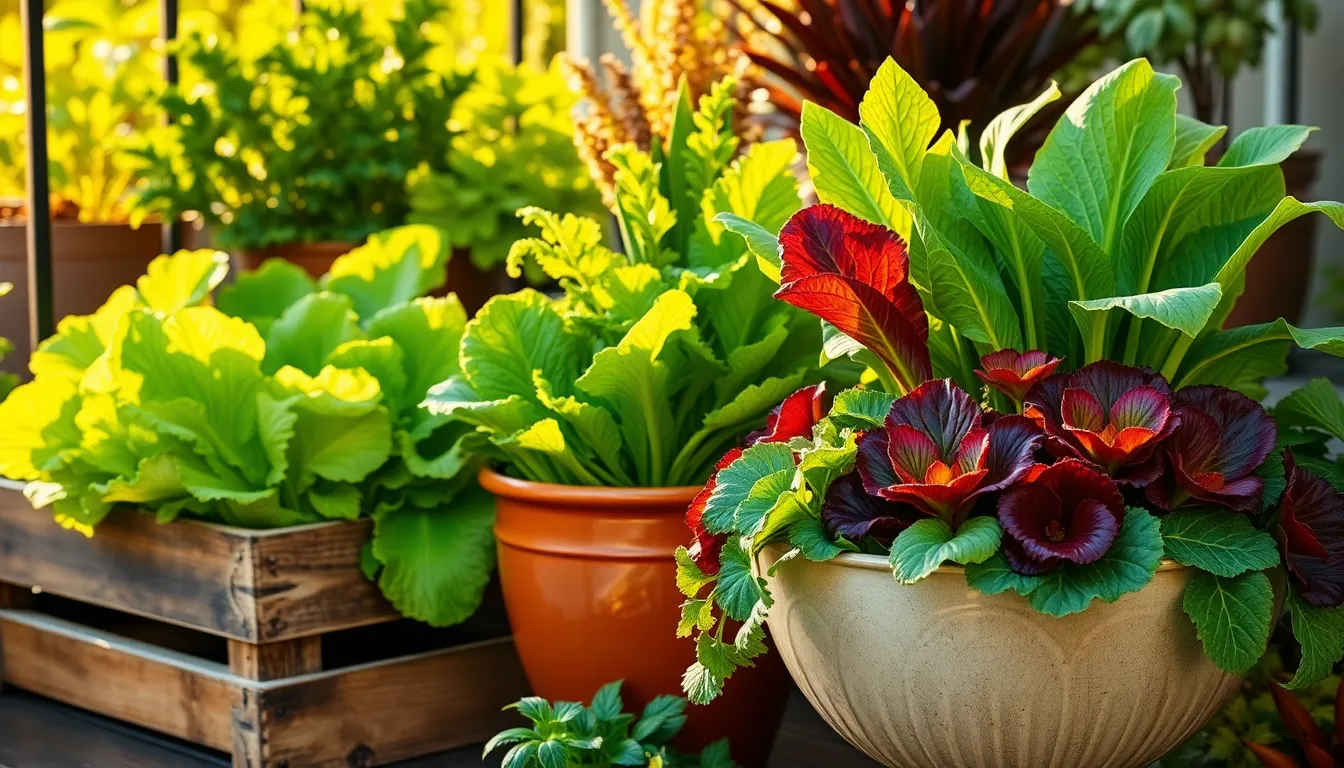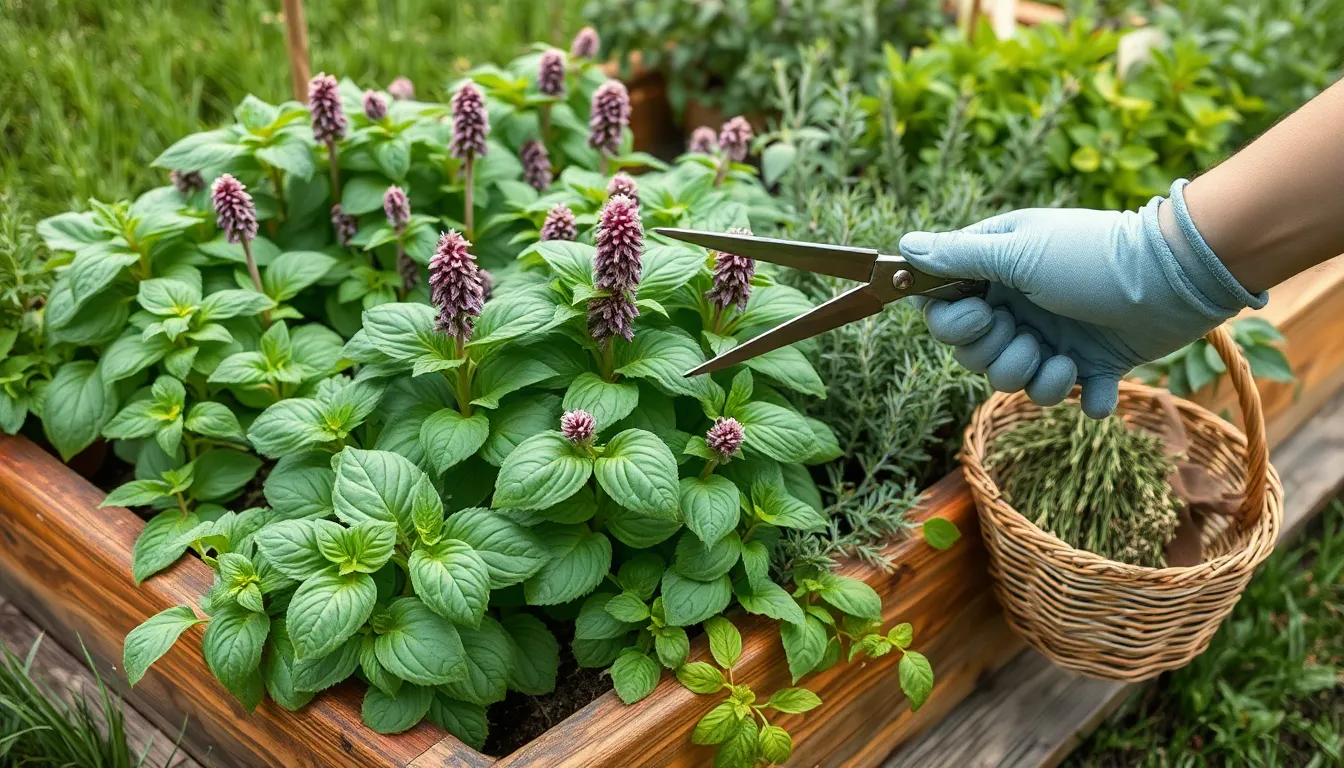Gardening is a delightful journey, one where each step and discovery brings immense satisfaction. As you delve into the world of container gardening, particularly with versatile greens like lettuce, the allure of fresh, homegrown produce is hard to resist. However, growing lettuce in containers does come with its own set of challenges, and understanding these can make the difference between a flourishing mini-garden and a frustrating experience. For both beginners and seasoned green thumbs, grasping these nuances is essential to optimizing your gardening efforts.
Exploring the disadvantages of container-grown lettuce doesn’t mean shying away from it; instead, it’s about equipping you with the knowledge to overcome potential hurdles. You’ll learn about issues like limited root space, frequent watering needs, and nutrient management—factors that can impact your harvest if not managed correctly. By understanding these limitations, you can make informed decisions on how to adapt and innovate in your gardening practices. This article will guide you through common pitfalls and offer solutions, ensuring your container gardening ventures remain fruitful and rewarding.
As you read on, you’ll discover practical tips tailored to help you navigate these challenges with confidence and creativity. Whether you’re nurturing a few pots on your balcony or an entire array on your patio, this knowledge will empower you to transform potential disadvantages into growth opportunities. Let’s embark on this journey together, turning potential setbacks into stepping stones towards a thriving container garden.
Limited Root Space Concerns
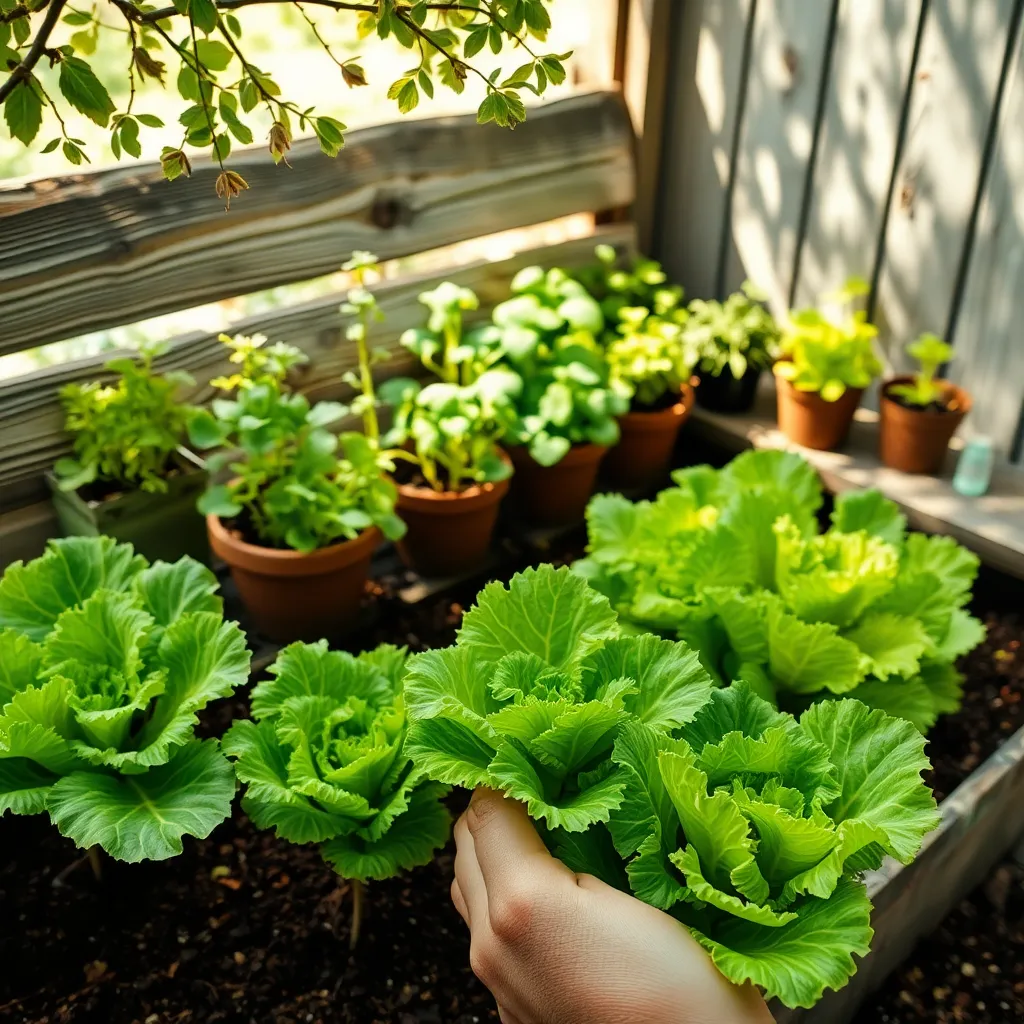
When growing lettuce in containers, one of the primary concerns is limited root space. Lettuce has relatively shallow roots, but it still requires enough room to spread out and access nutrients effectively.
To ensure your lettuce thrives, choose containers that are at least 6 to 8 inches deep. This depth will provide sufficient space for root development, helping your plants to grow strong and healthy.
An important consideration is the type of soil used in the containers. Opt for a lightweight potting mix that retains moisture yet drains well, as compacted soil can restrict root growth.
Regular watering is crucial for container-grown lettuce, as the limited soil volume can dry out quickly. Aim for consistent moisture, checking the soil daily and watering whenever the top inch feels dry.
For gardeners seeking to maximize their lettuce yield, consider using self-watering pots or incorporating water-retaining crystals into the soil. These techniques help maintain consistent hydration and reduce the frequency of watering.
Nutrient Deficiency Challenges
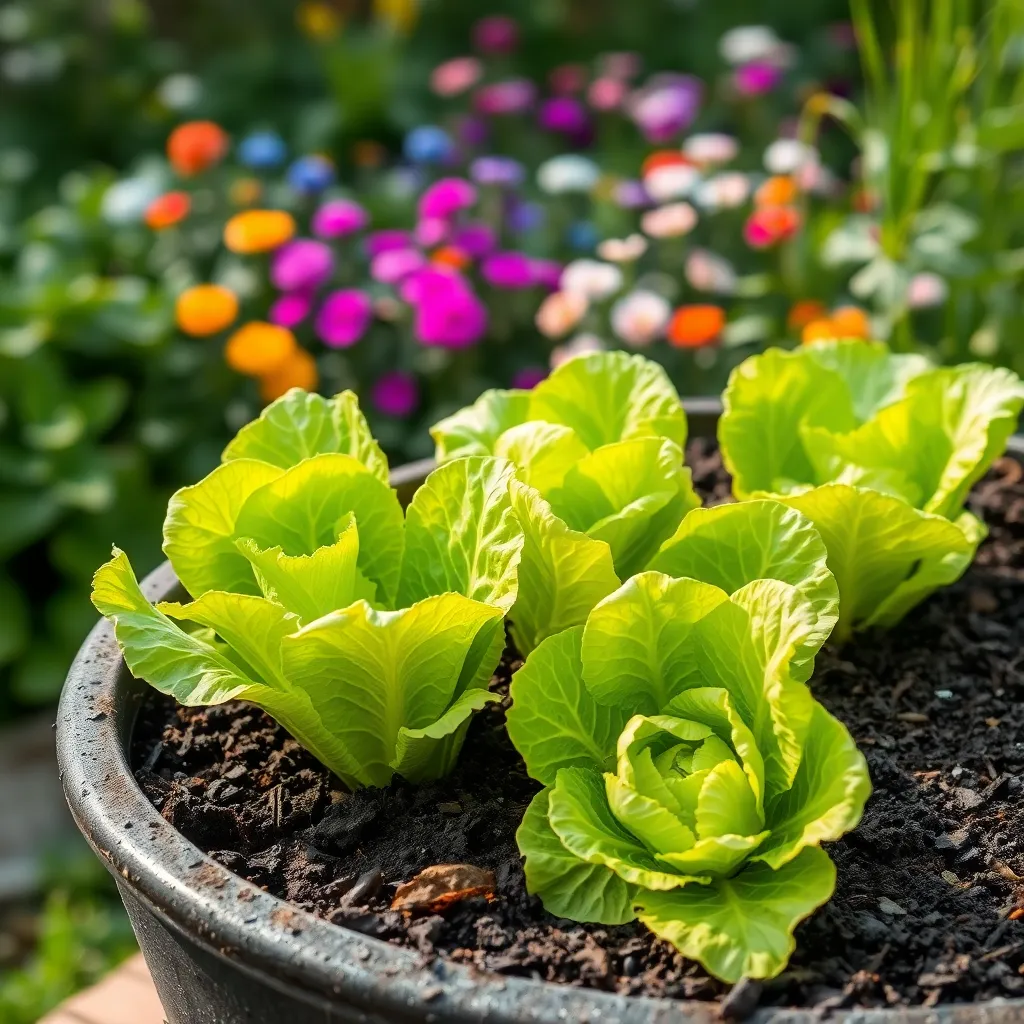
Lettuce grown in containers can often face nutrient deficiency challenges, mainly due to limited soil volume. With restricted soil, essential nutrients can be quickly depleted, affecting plant health and growth.
To combat this issue, gardeners should use a high-quality potting mix that includes a balanced slow-release fertilizer. This ensures that lettuce plants receive a steady supply of nutrients over time, reducing the risk of deficiencies.
Regularly check for signs of nutrient deficiency, such as yellowing leaves or stunted growth, which can indicate a lack of nitrogen or other key nutrients. If these symptoms appear, consider supplementing with a liquid fertilizer every two weeks to boost nutrient levels.
For those looking to optimize plant health, it’s beneficial to test the soil pH, as lettuce prefers slightly acidic to neutral conditions, around 6.0 to 7.0. Adjusting pH with amendments like lime or sulfur can enhance nutrient availability, promoting healthier growth.
Water Retention Issues
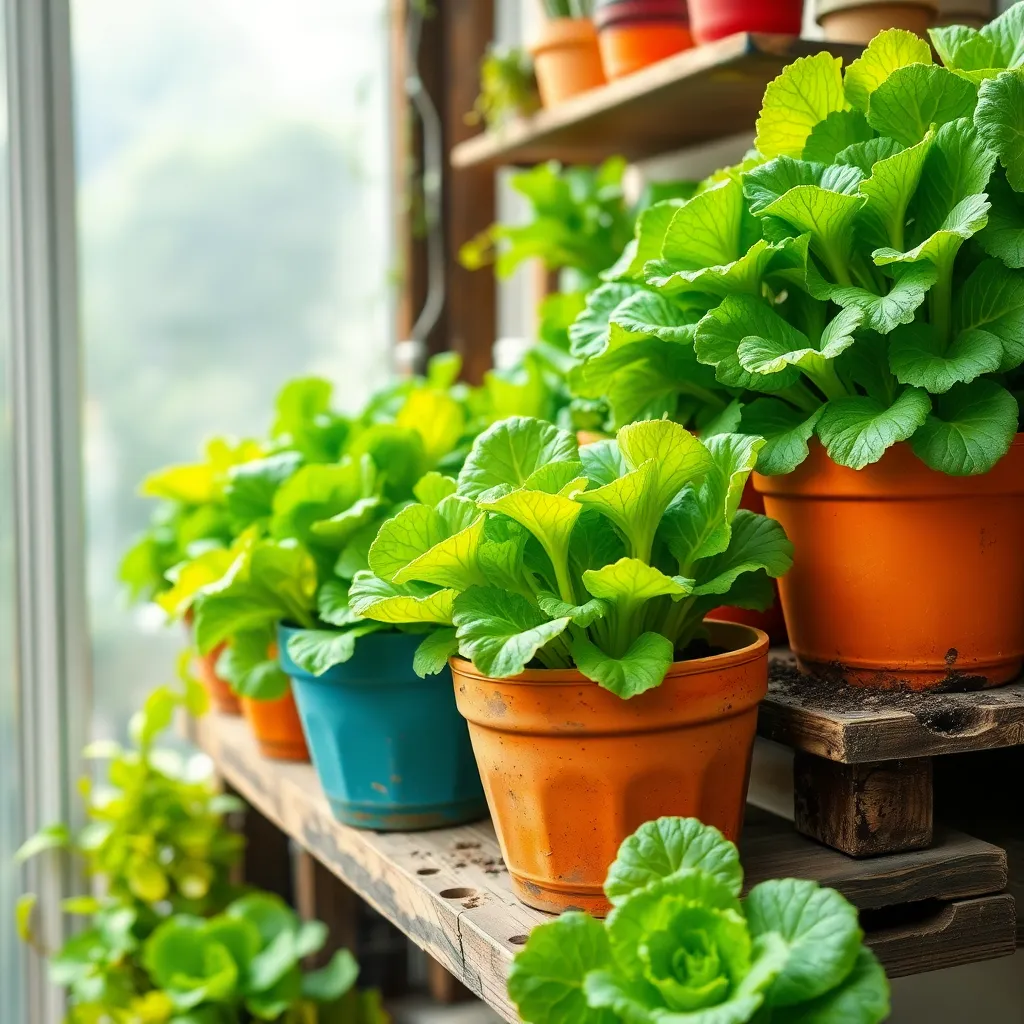
One of the challenges of growing lettuce in containers is managing water retention. Containers tend to dry out much faster than garden beds, which can lead to inconsistent moisture levels for your lettuce plants.
To mitigate this, it’s crucial to choose the right potting mix. Opt for a high-quality mix that includes components like coconut coir or peat moss, which are excellent at retaining moisture.
Watering frequency can make a significant difference in maintaining adequate moisture levels. Check the soil daily and water when the top inch feels dry, ensuring that excess water can drain to prevent root rot.
For those looking to refine their watering technique, consider using self-watering containers or adding a layer of mulch on top of the soil. These methods help maintain consistent moisture levels and reduce the frequency of watering needed.
Temperature Fluctuation Risks
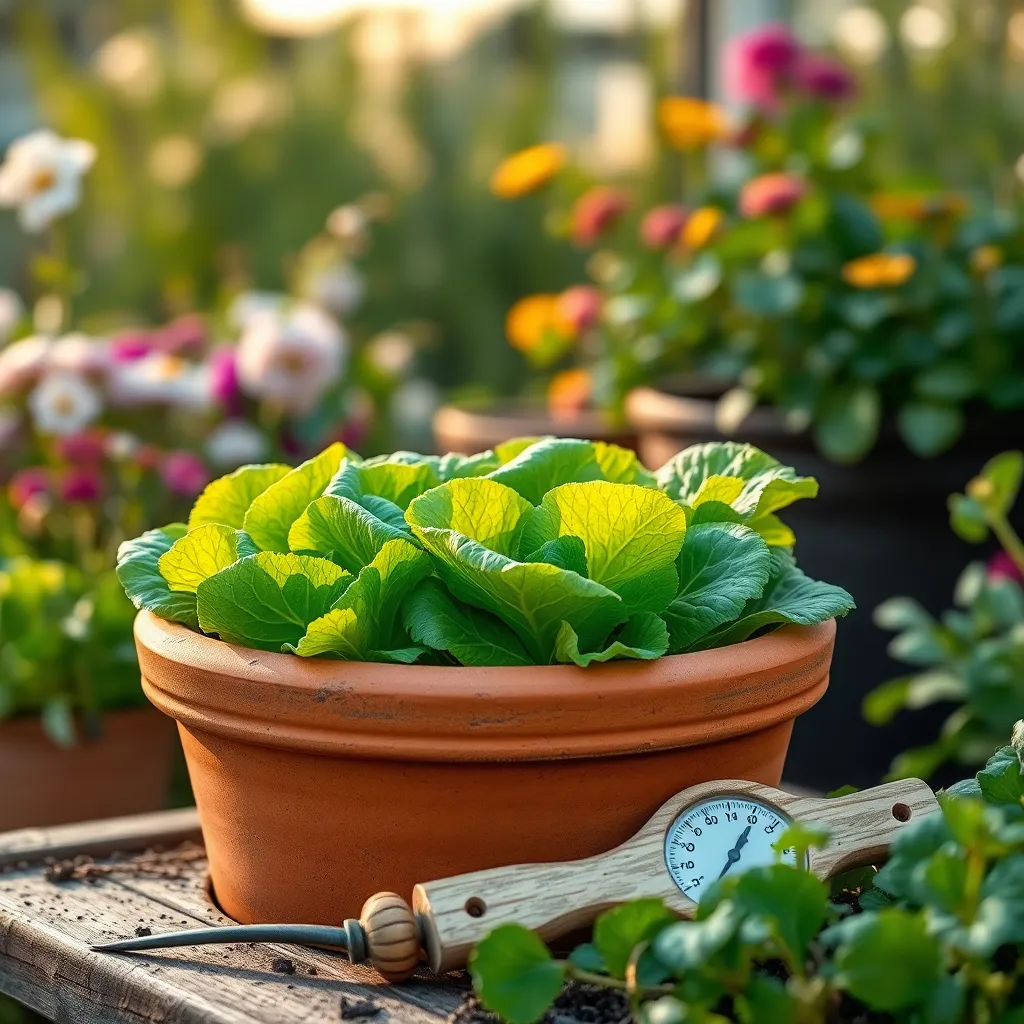
Temperature fluctuations can significantly impact the health of lettuce grown in containers. Unlike in-ground gardens, containers are more susceptible to rapid changes in temperature, which can stress the plants.
To mitigate these risks, consider placing containers in a location that receives consistent sunlight during cool months and partial shade during hotter periods. This will help stabilize the temperature around the plants, preventing extreme fluctuations.
Additionally, using light-colored containers can reflect sunlight and keep the root zone cooler. This simple choice can reduce the risk of overheating, especially during sudden heatwaves.
For advanced gardeners, incorporating a mulch layer on top of the soil can further insulate the plant roots. Organic mulches like straw or shredded leaves can help maintain a more consistent soil temperature, benefiting your lettuce’s growth.
Monitoring soil temperature with a soil thermometer is an excellent practice for maintaining optimal growing conditions. Aim to keep soil temperatures between 60°F and 65°F, as this range is ideal for lettuce growth.
Increased Pest Vulnerability
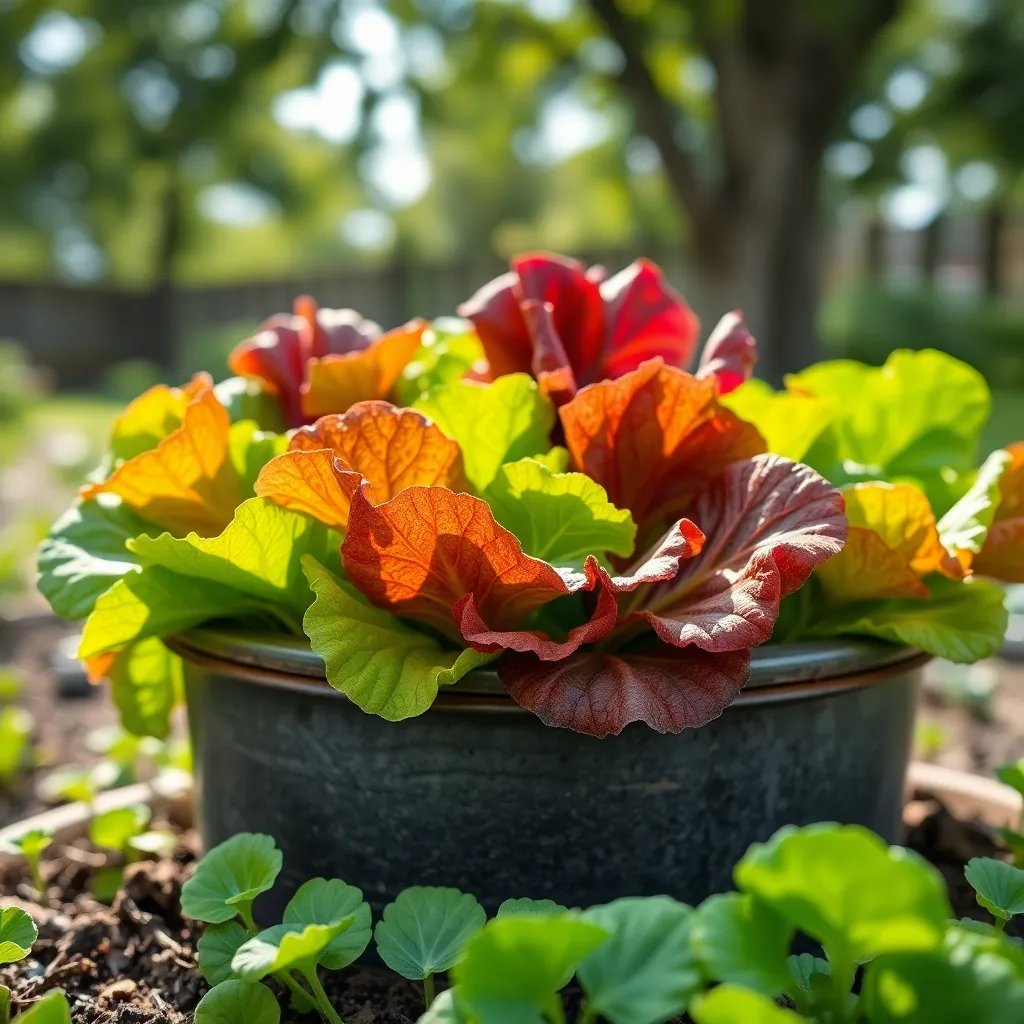
Growing lettuce in containers can sometimes lead to increased pest vulnerability due to the confined space. This can make it easier for pests to find and concentrate on your plants, creating an ideal environment for infestations.
To combat this, regularly inspect your lettuce for common pests like aphids and slugs, which can be more prevalent in container setups. Hand-picking pests and using natural deterrents like neem oil or garlic spray can be effective in managing these issues.
It’s crucial to maintain cleanliness around your containers, as fallen leaves and debris can attract pests. By keeping the area tidy, you reduce hiding spots for insects and discourage their presence.
Consider using companion planting to naturally deter pests; herbs like chives and mint can be grown nearby to ward off undesirable insects. Additionally, rotating your container plants can disrupt pest life cycles, making it harder for them to establish a foothold.
Conclusion: Growing Success with These Plants
In exploring the ‘Disadvantages Of Growing Lettuce In Containers,’ we delved into five key relationship concepts: the importance of communication (understanding the specific needs of your plants); managing expectations (recognizing the limitations of container gardening); adaptability (adjusting care techniques as conditions change); nurturing (providing consistent attention and resources); and resilience (overcoming challenges like pests and space constraints). By understanding these parallels, you can cultivate not only a thriving garden but also a flourishing relationship.
As an actionable next step, consider applying these insights to your personal relationships. Start with a conversation about expectations and needs, and see how a little nurturing and adaptability can transform your connection.
Remember, every relationship, much like a garden, requires patience and care. Bookmark this article for future reference as a toolkit for both gardening and relationship-building. By integrating these principles, you pave the way for lasting relationship success, ensuring your connections are as robust and vibrant as the healthiest lettuce. Embrace this journey with confidence and watch your relationships grow resilient and strong.

